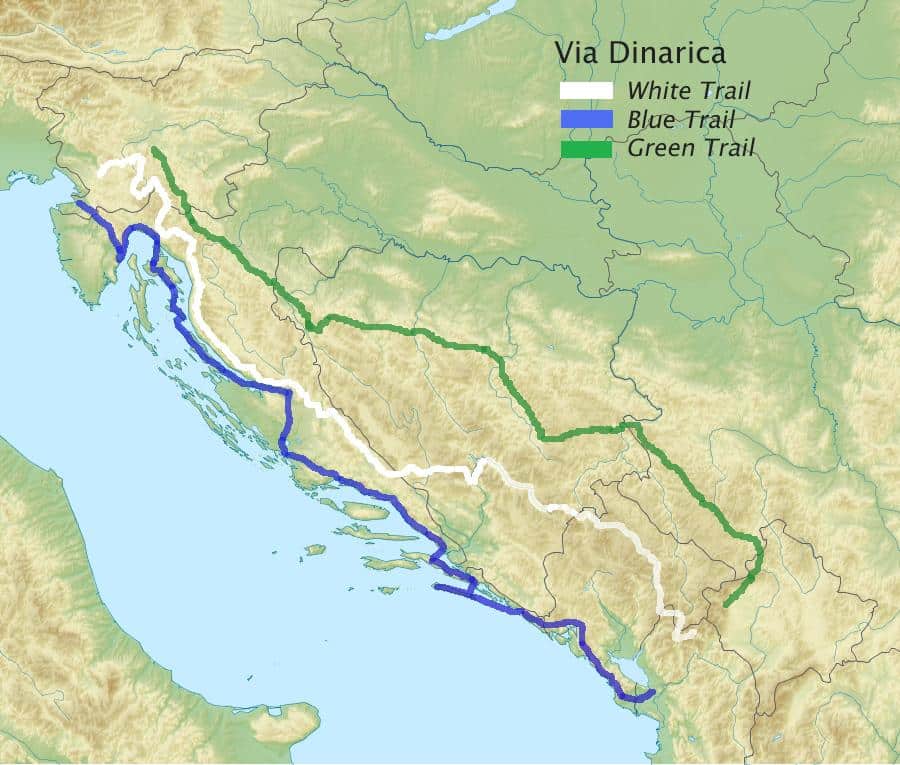More than one hundred members of The Ahmadi Religion of Peace and Light, a persecuted religious minority, who presented themselves at the Turkish-Bulgarian border on May 24 requesting asylum face deportation within the next seven to ten days, a decision that will most likely subject them to imprisonment or the death penalty in their home countries, according to a statement issued by the religious group. This is so according to an article published by The Sofia Globe, a Bulgarian independent news outlet aiming to inform for foreign and local readers about Bulgaria, Central and Eastern Europe.
The office of public safety in Edirne is currently holding the detainees, according to the statement.
Turkish Border police denied entry to Ahmadis
On Wednesday, the Turkish border police had denied them entry, violently beaten, forced them back, and detained them.
The statement stated that gunshots were discharged, the individuals were threatened, and their belongings were thrown away. Families, women, children, and the elderly make up this group.
The 104 individuals have been subjected to extreme and systematic forms of religious persecution throughout Muslim-majority nations, the statement said.
It was stated that the reason they encounter persecution is because they adhere to a man named Aba Al-Sadiq, whom they consider to be the anticipated Mahdi.
They adhere to his controversial message, which includes the formation of a new Covenant after Islam.
The controversial teachings of this Covenant include that the headscarf is not required, the month of Ramadan occurs in December, the five daily prayers are abolished, and the consumption of alcohol is permitted. Due to their beliefs, they were labeled as “heretics” and “infidels,” which presented a serious danger to their lives.
In countries including Iran, Iraq, Algeria, Egypt, Morocco, Azerbaijan, and Thailand, they had been beaten, imprisoned, abducted, humiliated, and terrorized, according to the statement.
Ahmadis seeking asylum
They had gathered in Turkey and were on their way to the Turkish-Bulgarian border to exercise their human right to request asylum directly from the Bulgarian Border Police, in accordance with Article 58(4) of the Law on Asylum and Refugees, which states that asylum can be requested with a verbal statement presented to the border police.
In addition, an open letter was sent by the European Border Violence Monitoring Network (BVMN) on May 23, 2023, with 28 human rights organizations and bodies endorsing it, urging the protection of the group and the upholding of their right to claim asylum at the border in accordance with international law, according to the statement.
After being detained at the Edirne public safety office for more than 24 hours, 83 of the group’s members have been transferred to a deportation center, with the remaining 20 members likely to follow. Decisions regarding deportation are anticipated to be made within 36 hours.
Ahmadis detained in Iran
In Iran, in December 2022, members of the Ahmadi Religion of Peace and Light were detained at Evin prison due to their religious beliefs. They were threatened with execution if they did not sign documents to renounce their faith and defame the religion. In a similar fashion, members in Iraq have been subjected to gun attacks on their residences by armed militias, and scholars have called for their execution.
Türkiye’s decision to deport these families would constitute a clear violation of the fundamental principle of non-refoulement, which, under international refugee and human rights law, prohibits the return of individuals to a country where they would face torture, cruel, inhuman, or degrading treatment or punishment, or other irreparable harm.
“We implore Türkiye not to proceed with the deportation of these families to their countries of origins. These families would be put in danger in their countries of origin and Türkiye would be responsible for any loss of life if they are returned to the countries they have escaped from,” said the statement.














